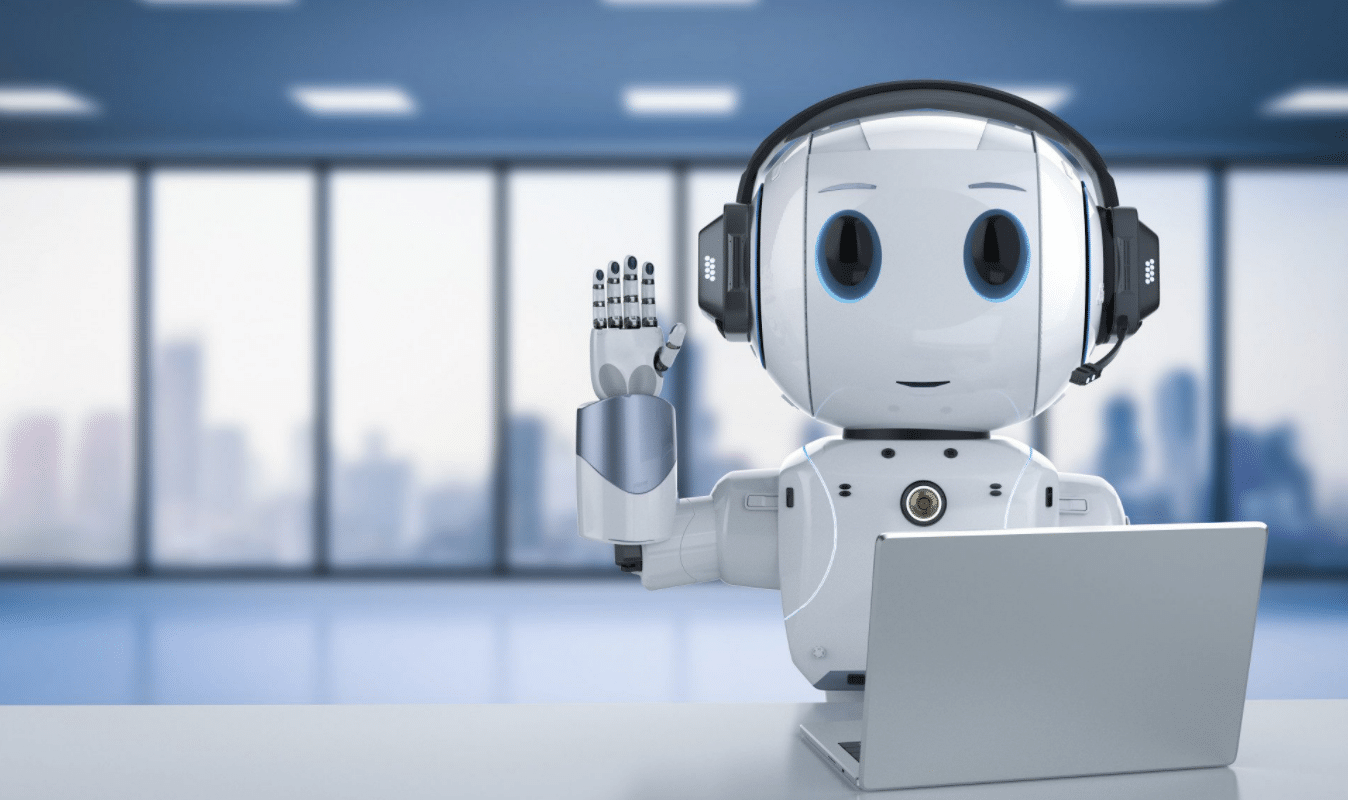Chatbots are designed to engage in conversation with humans, and while they are adept at understanding natural language and generating text-based responses, they are generally not equipped to write code. However, there are some chatbots that have been developed specifically for programming purposes, which are known as coding chatbots.
Coding chatbots are designed to help developers write code more efficiently by providing suggestions, code snippets, and other helpful tools. They use natural language processing (NLP) and machine learning algorithms to understand the intent and context of the developer's request, and then generate relevant code or suggestions based on that understanding.
One way in which coding chatbots can help developers is by providing suggestions for code completion. When a developer is typing out a line of code, the coding chatbot can analyze the syntax and context of the code and offer suggestions for the rest of the line or the entire block of code. This can help speed up the coding process and reduce errors.
Another way in which coding chatbots can be helpful is by providing code snippets for commonly used functions or tasks. For example, a chatbot designed for web development might provide a pre-written code snippet for creating a responsive navigation menu, saving the developer time and effort in writing the code from scratch.
Coding chatbots can also be used to automate repetitive tasks, such as generating boilerplate code for a new project or running tests on code changes. By automating these tasks, developers can focus on more complex and challenging aspects of the project.
One challenge in developing coding chatbots is ensuring that the generated code is accurate, efficient, and follows best practices. This requires a deep understanding of programming languages, algorithms, and software development practices, which can be challenging to incorporate into a chatbot's machine learning algorithms. Additionally, coding chatbots may struggle with more complex programming tasks that require creative problem-solving skills, which are difficult to automate.
Despite these challenges, coding chatbots have the potential to revolutionize the way developers work, by providing intelligent and efficient assistance with the coding process. They can help developers save time, reduce errors, and improve the quality of their code. As machine learning algorithms continue to improve, it is likely that we will see more advanced coding chatbots in the future, which will further enhance the capabilities of developers and accelerate software development.
Wednesday, April 26, 2023
Can Chatbot Be Detected?
It is possible for humans to detect that they are interacting with a chatbot rather than a human, particularly if the chatbot has limited language capabilities or if the responses are formulaic and lack personalization. However, as language models like ChatGPT continue to improve and incorporate more advanced natural language processing and machine learning algorithms, it may become increasingly difficult to distinguish between human-generated and AI-generated responses. Additionally, some chatbots are designed to intentionally deceive users into thinking they are human, which can make detection even more challenging. Ultimately, the ability to detect a chatbot depends on a combination of factors such as the sophistication of the chatbot's language model, the quality of its responses, and the user's level of experience and familiarity with chatbot technology.
Subscribe to:
Posts (Atom)


